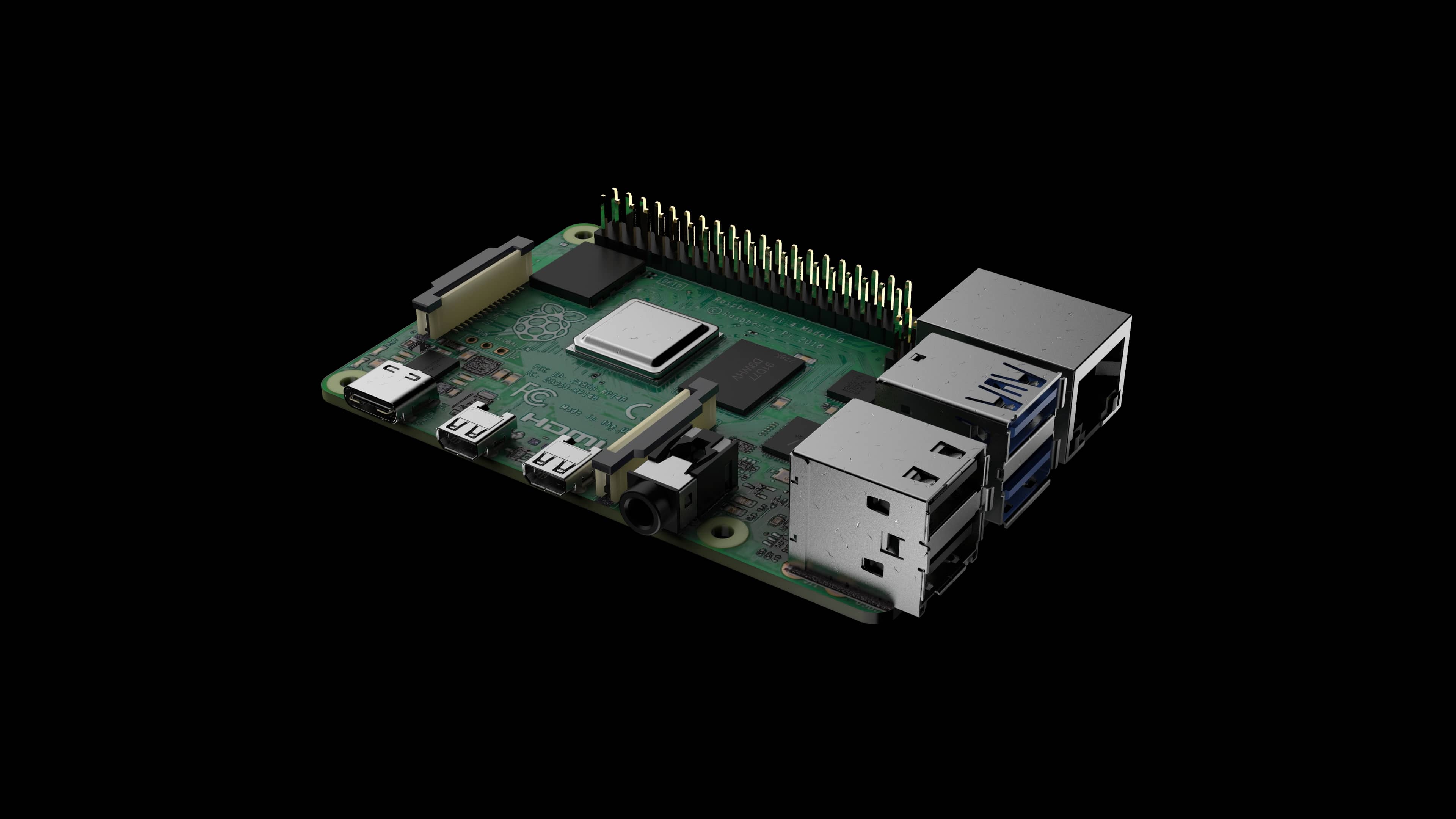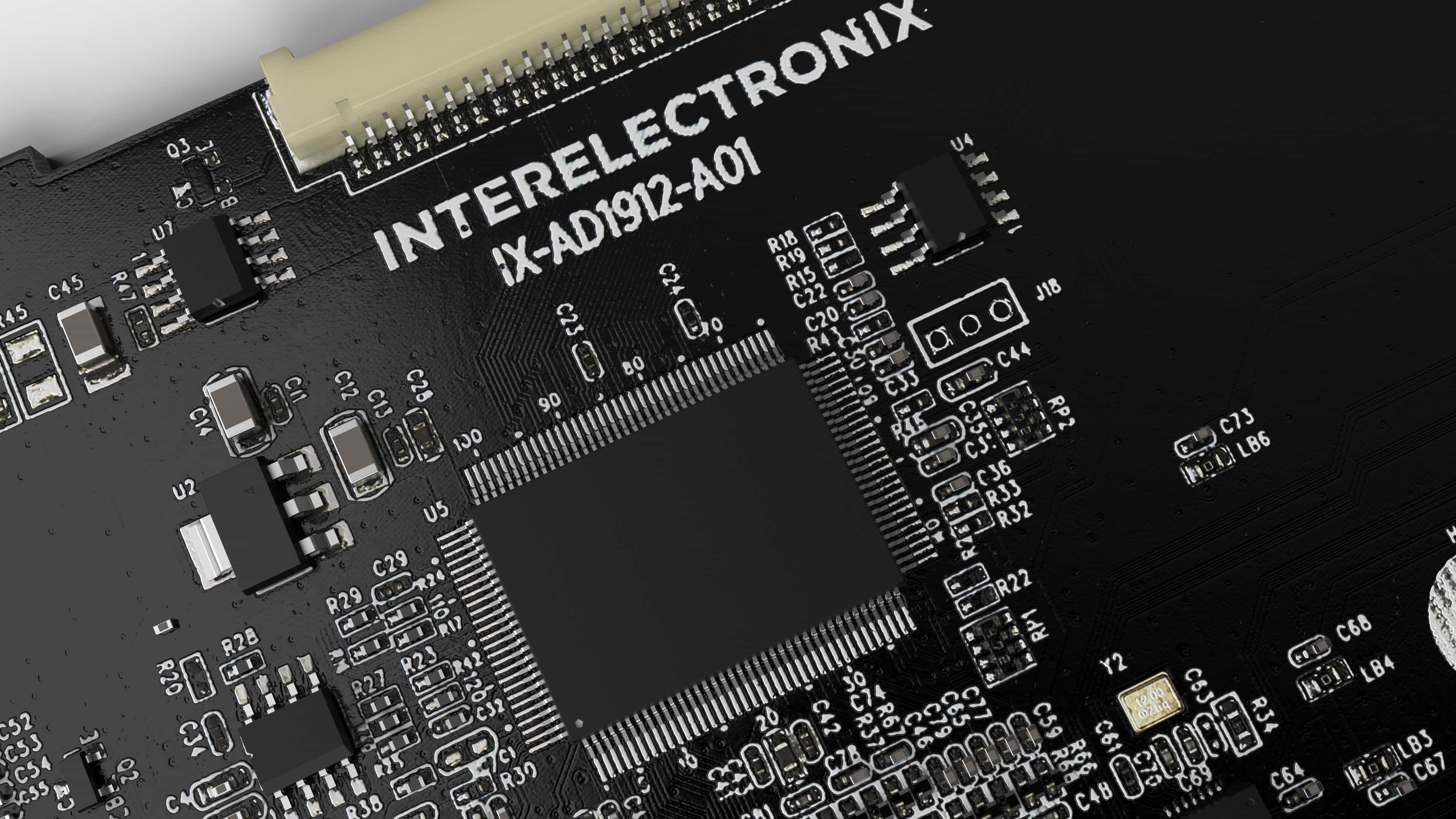
Embedded HMI Software Development with QT C++
As a product owner, you understand the importance of a seamless Human-Machine Interface (HMI) in enhancing user experience and operational efficiency. Embedded HMI software development using QT and C++ offers a robust and flexible solution for creating sophisticated interfaces. At Interelectronix, we have extensive experience in leveraging these technologies to build cutting-edge HMI systems. In this blog post, we will delve into the intricacies of embedded HMI software development with QT C++, showcasing how it can revolutionize your product's interface.
QT for HMI Development
QT is a that simplifies the development of embedded HMI software. Its versatility allows developers to create applications with complex graphical user interfaces that are both responsive and aesthetically pleasing. QT supports a wide range of devices, from low-power microcontrollers to high-performance systems, making it an ideal choice for diverse HMI applications. Its extensive library of pre-built components accelerates development, enabling teams to deliver high-quality HMIs efficiently. With QT, you can create dynamic interfaces that enhance user engagement and satisfaction.
Why C++ is the Preferred Language
C++ is the backbone of many high-performance software applications, and HMI development is no exception. Its efficiency and control over system resources make it an ideal language for developing responsive and robust HMIs. C++ allows for fine-tuned optimization, which is critical in embedded systems where performance and resource constraints are paramount. Additionally, its compatibility with QT ensures that developers can leverage the full capabilities of the framework. By using C++, development teams can build HMIs that are not only powerful but also efficient and reliable.
Integrating QT and C++
The combination of QT and C++ provides a comprehensive toolkit for developing superior HMI solutions. QT’s high-level abstractions simplify the creation of complex UIs, while C++ offers the low-level control needed for performance optimization. This synergy enables developers to build interfaces that are both sophisticated and efficient. Integrating QT and C++ allows for seamless communication between the user interface and the underlying system, ensuring that the HMI is both responsive and functional. This integration is key to developing HMIs that meet the high standards of modern applications.
QT Creator
QT Creator is an integrated development environment (IDE) designed to streamline the development process. It offers a range of tools for designing, coding, and debugging QT applications, making it easier for developers to manage their projects. QT Creator’s intuitive interface and robust feature set enhance productivity, allowing teams to focus on creating high-quality HMIs. Its powerful debugging and profiling tools help identify and resolve issues quickly, ensuring that the final product is polished and reliable. By using QT Creator, development teams can accelerate their workflow and deliver exceptional HMIs.
QT’s Advanced Features
QT offers a wealth of advanced features that enhance the capabilities of HMI applications. From advanced graphics and animations to rich text handling and multimedia integration, QT provides the tools needed to create immersive user experiences. Its support for 3D graphics and shader programming enables the development of visually stunning interfaces. Additionally, QT’s robust event system and signal-slot mechanism facilitate responsive and interactive UIs. By leveraging these advanced features, developers can create HMIs that stand out in the market.
Cross-Platform Development with QT
One of QT’s standout features is its ability to support cross-platform development. This means that HMIs developed with QT can run on multiple operating systems and devices with minimal modifications. This cross-platform capability is particularly valuable in today’s diverse device landscape, where applications need to function seamlessly across various environments. QT’s abstraction of platform-specific details allows developers to focus on the core functionality and user experience of their HMI. This ensures that the final product is consistent and high-quality, regardless of the platform it runs on.
Optimizing Performance
Performance optimization is crucial in embedded HMI development, where resource constraints are a common challenge. QT and C++ offer several strategies for optimizing performance, from efficient memory management to leveraging hardware acceleration. By carefully managing resources and optimizing code, developers can ensure that their HMIs run smoothly even on low-power devices. QT’s support for OpenGL and other graphics APIs enables the efficient rendering of complex UIs, further enhancing performance. Optimization is a critical aspect of HMI development, ensuring that the final product is both responsive and efficient.
Enhancing User Experience
The user experience is at the heart of HMI design. An intuitive and engaging interface can significantly enhance the usability and appeal of a product. QT’s rich set of UI components and customization options allows developers to create interfaces that are tailored to the needs of their users. From touch-friendly controls to responsive layouts, QT provides the tools needed to design user-centric HMIs. By focusing on the user experience, developers can create HMIs that not only meet functional requirements but also delight users.
Ensuring Reliability and Stability
Reliability and stability are paramount in embedded HMI applications. Users rely on these interfaces for critical operations, making it essential that they function flawlessly. QT and C++ provide the robustness needed to build stable HMIs. QT’s mature framework and extensive testing tools help ensure that the software is reliable and free of bugs. Additionally, C++’s strong type-checking and performance characteristics contribute to the stability of the application. By prioritizing reliability, developers can create HMIs that users trust and depend on.
Future Proofing HMI Development
As technology continues to evolve, future-proofing HMI development is becoming increasingly important. QT’s active development and strong community support ensure that it stays up-to-date with the latest trends and technologies. This ongoing evolution allows developers to incorporate new features and improvements into their HMIs, keeping them relevant and competitive. Additionally, QT’s modular architecture makes it easy to extend and customize the framework to meet future needs. By choosing QT and C++ for HMI development, companies can ensure that their interfaces are ready for the challenges of tomorrow.
Software Customization
Customization and scalability are key considerations in HMI development. QT’s flexible architecture allows developers to tailor the framework to their specific needs, creating customized solutions that fit their unique requirements. Whether it’s adapting the UI for different screen sizes or adding custom widgets, QT makes it easy to create bespoke HMIs. Additionally, QT’s scalability ensures that applications can grow and adapt as requirements change. This flexibility and scalability are essential for creating HMIs that are both personalized and future-proof.
Open Source in HMI Development
Open source plays a significant role in HMI development, providing access to a wealth of resources and community support. QT’s open-source licensing allows developers to leverage a robust and well-supported framework without the constraints of proprietary software. This openness fosters collaboration and innovation, enabling developers to build on the work of others and contribute to the community. By embracing open source, companies can benefit from a rich ecosystem of tools and expertise, enhancing their HMI development efforts.
Training and Support
Effective training and support are crucial for successful HMI development with QT and C++. Interelectronix offers comprehensive training programs to help your development team get up to speed with these technologies. Our expert trainers provide hands-on guidance and practical insights, ensuring that your team can leverage the full potential of QT and C++. In addition to training, we offer ongoing support to help you navigate challenges and optimize your development process. With the right training and support, your team can excel in creating high-quality HMIs.
The Future of HMI Development
The future of HMI development is bright, with continuous advancements in technology opening up new possibilities. QT and C++ are at the forefront of this evolution, providing the tools and capabilities needed to create next-generation interfaces. By embracing these technologies, developers can stay ahead of the curve and deliver HMIs that meet the demands of modern users. Interelectronix is committed to staying at the cutting edge of HMI development, helping you leverage the latest advancements to create innovative and impactful interfaces.
Why Interelectronix
At Interelectronix, we understand the complexities and opportunities in embedded HMI software development with QT C++. Our extensive experience and deep expertise enable us to deliver exceptional solutions tailored to your needs. We are dedicated to fostering a collaborative and innovative environment, ensuring your development team has the support and resources needed to succeed. Contact us today to learn how we can help you navigate the intricacies of HMI development and achieve sustained success with your products.


